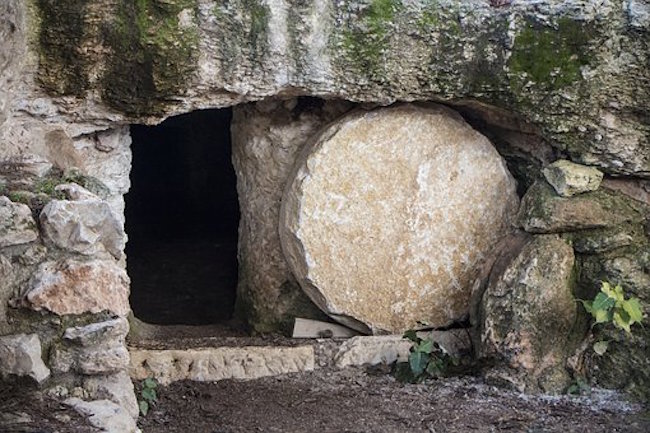Is the mysterious Nazareth Inscription evidence of Jesus’ resurrection? by Pieter Lalleman for Christian Today
Earlier this month The Times reported on a scholarly article which sheds new light – but also new darkness – on one of the most enigmatic ancient inscriptions ever discovered: the marble Nazareth Inscription.
This inscription can be found in the French National Library in Paris on a stone measuring some 60 by 38 centimetres.
The script dates from the first century before or after Christ, and was found among the possessions of one Wilhelm Froehner, who died in 1925. A short note said that the inscription had been sent [to him?] from Nazareth in 1878. That’s all.
Who discovered the inscription? Why was it sent to Froehner? And was it discovered in Nazareth or merely sent from there? After all, at that time, Nazareth was a market for ancient objects.
The text itself is just as fascinating. It’s an edict of an unnamed Roman emperor that nobody is allowed to open tombs, let alone carry the corpses away – on pain of death. (The robbing of tombs was common practice, but the penalty is unusually severe.)
New research
The new research shows that the marble used for the inscription did not originate in Israel or even the Middle East, but on the Greek island of Kos. The scholars involved work at Oklahoma University and Harvard University. However, these scientists also claim that this information resolves the debate about the significance of the inscription, which was often regarded as a Roman response to early Christian reports about Jesus’ empty tomb.
Instead, they propose that the edict was issued by the emperor Augustus in response to the desecration of the grave of a famous tyrant of Kos. This part of their conclusion is not so certain. After all, science cannot say much about history. The suggestion that it is unlikely that the quarry on Kos exported its stone is pretty flimsy.




